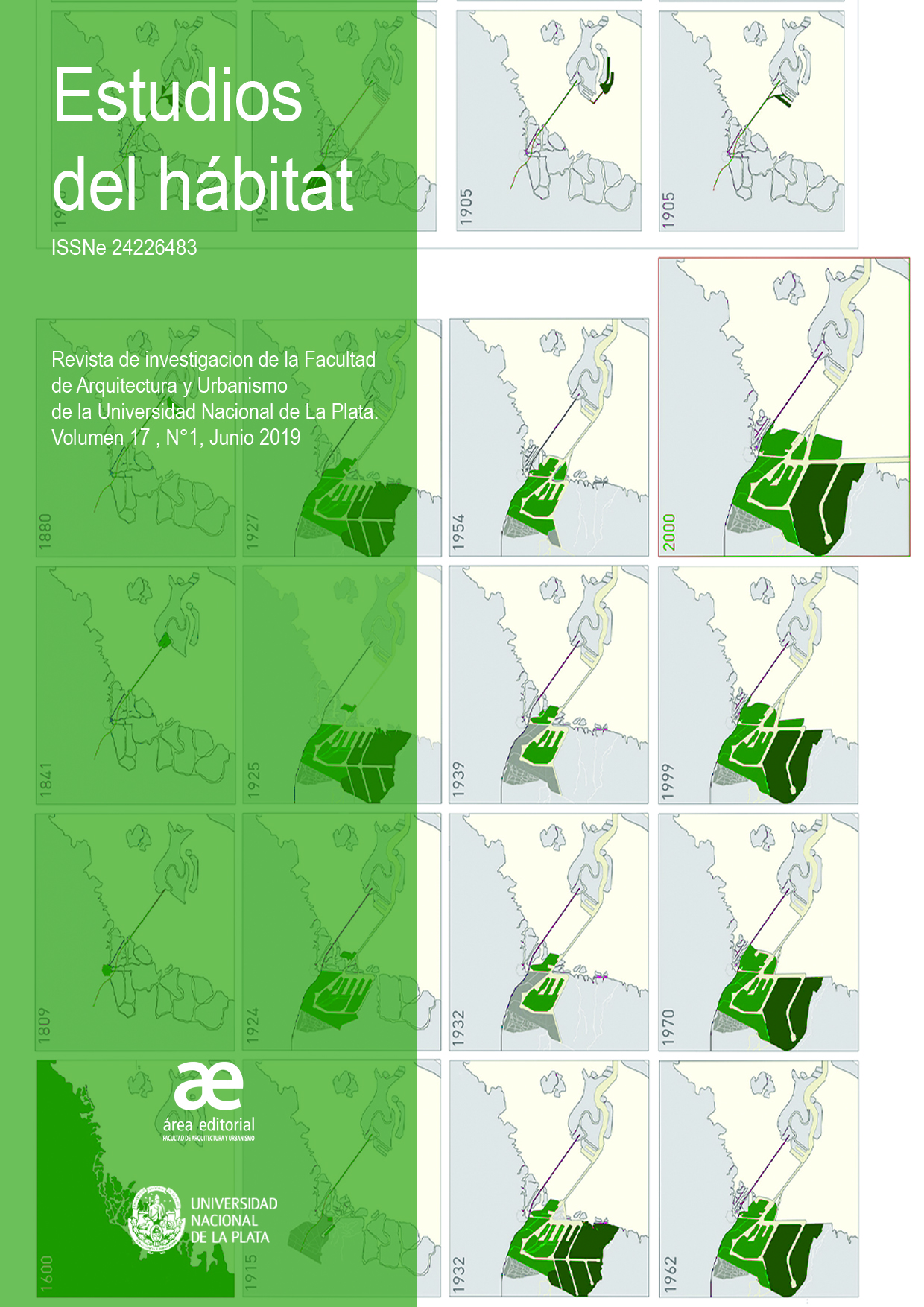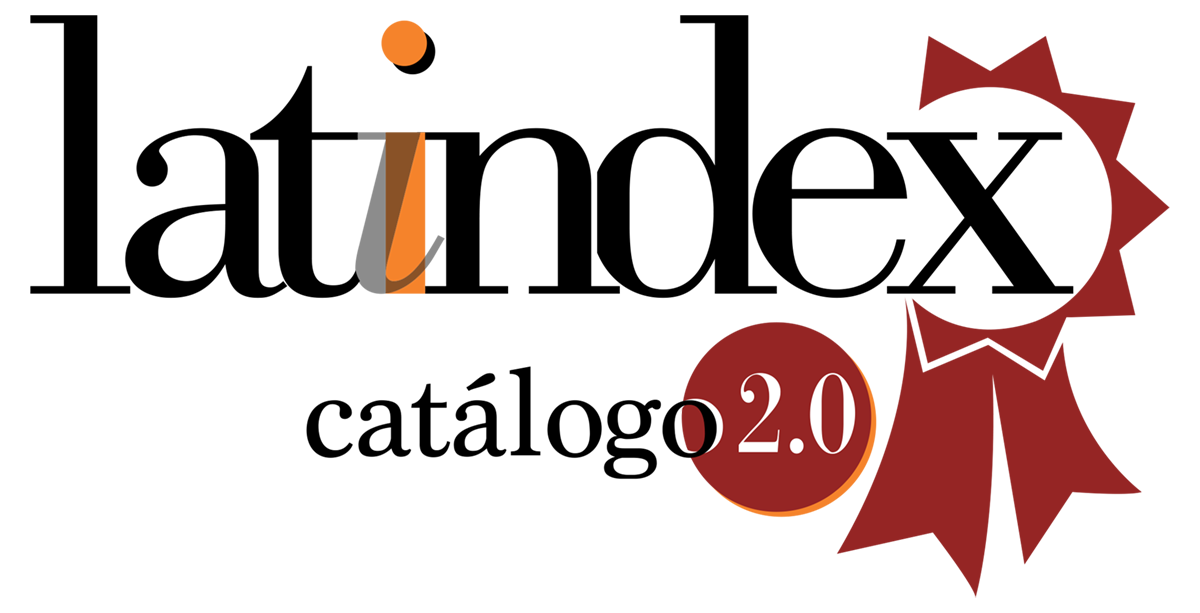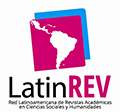The construction of a poetics. The way of working of Rafael Iglesia in Rosario, Argentina
DOI:
https://doi.org/10.24215/24226483e065Keywords:
Rafael Iglesia, Poetic, Readings, Structural Explorations, Architectural representativenessAbstract
With a unique way of doing architecture, Rafael Iglesia (1952-2015) proposes "to transform the object into the process of its construction", exposes its concern about the role that the structure plays in the architectural creation and decides to bet on the experimentation with simple machines, based on levers, frictions and counterweights. In this way, he constructs a poetics that is detonated by his readings on contemporary literature and philosophy, supported by his structural explorations and reaffirmed in the reflection on his doing, which appears in his work memoires. The purpose of this paper is to complement the inquiry about such poetic construction and to reveal the role that architectural representation plays in his work. The sources of our research are his constructed works, his published writings, a series of interviews we conducted with his collaborators and colleagues, a messy digital file and part of his library.
Downloads
Metrics
References
Benjamin, W. (1982). Experiencia y Pobreza. En Discursos Interrumpidos I (pp. 165-173). Madrid: Taurus.
Borges, J. L. (2012). La supersticiosa ética del lector. En Discusión (pp. 20-21). Buenos Aires: Debolsillo.
Deleuze, G. y Guattari, F. (1998). Tratado de Nomadología: La máquina de guerra. En Mil Mesetas. Capitalismo y esquizofrenia (pp. 359-431). Valencia: Pre-Textos.
Diez, F. (2003), Arquitectura y peligro, Summa+, 58, 40-45.
Fanelli, G. y Gargiani, R. (2015). El principio del revestimiento. Arquitectura Viva, 174, pp. 13-19.
Iglesia, R. (2006a). Casa en la Barranca. Arquitecturas de Autor, 38, p. 10.
Iglesia, R. (2006b). Edificio Altamira. Arquitecturas de Autor, 38, p. 38.
Iglesia, R. (2006c). Quincha y piscina. Arquitecturas de Autor, 38, pp. 24-29.
Iglesia, R. (2008a). Ex-perimento. Polis, 10, pp. 10-13.
Iglesia, R. (2008b). Homo-no. Polis, 10, pp. 10-13.
Iglesia, R. (2011). Felipe El Hermoso se muda a Buenos Aires. En Plaut, J. y Bianchi, S. Rafael Iglesia (pp. 90-91). Santiago de Chile: Constructo.
Iglesia, R. (2016a). Edificio Altamira. 1:100, 58, pp. 32-33.
Iglesia, R. (2016b). Casa de la Cruz. 1:100, 58, 72-74.
Liernur, J. F. (2001). Arquitectura en la Argentina del siglo XX. La construcción de la modernidad. Buenos Aires: Fondo Nacional de las Artes.
Liernur, J. F. (2002). Suaves asimetrías. ARQ, 51, pp. 71-72.
Liernur, J. F. (2006), Máquinas arcaicas: La obra de Rafael Iglesia en Rosario, Argentina, Arquitecturas de Autor, 38, pp. 4-7.
Meuris, J. (1997). René Magrite. Köln: Taschen.
Morales, J. R. (1992). Las artes de la vida. El drama y la arquitectura. Revista Anthropos, 133, pp. 93-119.
Oliveras, E. (2004). Estética. La cuestión del Arte. Buenos Aires: Planeta.
Pérez Oyarzún, F. (2002). Tres notas sobre una cierta poética de la arquitectura actual, ARQ,51, pp. 4-6.
Quetglas, J. (2001). El horror cristalizado. Imágenes del Pabellón de Alemania de Mies Van der Rohe. Barcelona: Actar.
Quetglas, J. (2002). Pasado a Limpio I. Valencia: Pre-Textos.
Rigotti, A. M. (2015). La mente y la mano. Memorias de Rafael, Summa+, 148, pp. 131-132
Torrent, H. (2002). Al sur de América: Antes y Ahora, ARQ, 51, pp. 10-13.
Valery, P. (1990). Teoría poética y estética. Madrid: Visor.
Downloads
Published
How to Cite
Issue
Section
License
Acorde a estos términos, el material se puede compartir (copiar y redistribuir en cualquier medio o formato) y adaptar (remezclar, transformar y crear a partir del material otra obra), siempre que a) se cite la autoría y la fuente original de su publicación (revista y URL de la obra), b) no se use para fines comerciales y c) se mantengan los mismos términos de la licencia.








.jpg)

















